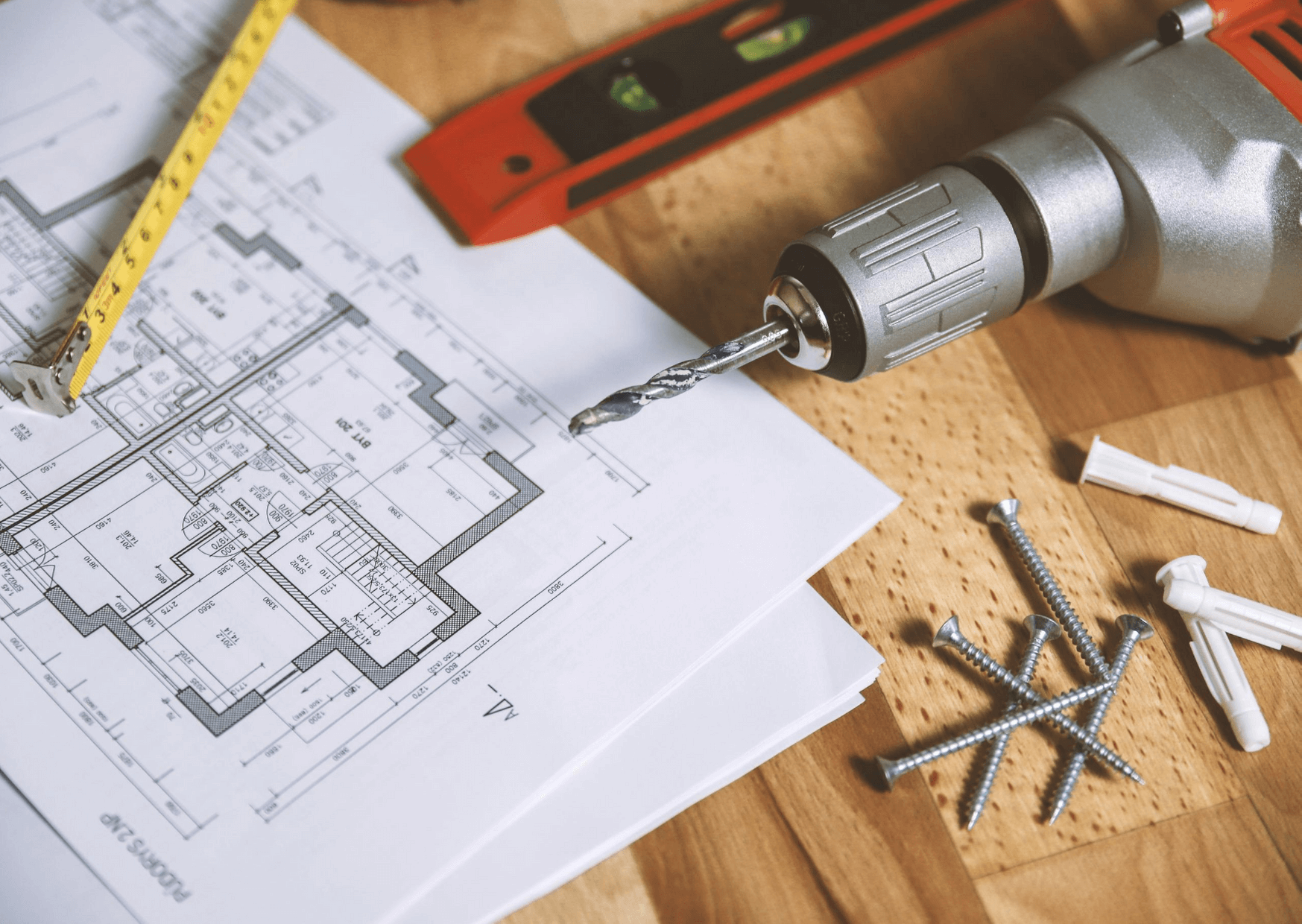
Types of Hotel Renovations
Types of Hotel Renovations
Regardless of whether you run a 5-star hotel in the centre of a big city or a small one in the suburbs, the renovation of commercial spaces has become a new marketing strategy in recent times. The renovation is not only a way to change the appearance of a hotel, but also an opportunity to update technology and modernize infrastructure. The renovation cycle is usually repeated every 4-6 years, depending on the wear of building and budget of the hotel.
1. Purpose of renovation.
The main goal of the renovation is to extend the life of the building and adapt the latest infrastructure to it. The renovation also aims not only to expand the buildings but also to increase the value and profits of the hotel. Another reason for major refurbishments is to prevent catastrophic events and solve safety issues related to electrical installations and cracks in walls. Another reason hoteliers decide to renovate is increasing the efficiency of the hotel. Changes such as improving the structure, adding new devices or insulation will reduce energy consumption and reduce costs. The hotel’s style, updated in line with the current trends, will allow owners to increase prices. Very often, property owners decide to renovate before selling the property.
2. The need for renovation.
Furniture, walls and floors become obsolete with time and require maintenance or updating to match current market trends as well as to maintain brand reputation. Hotels struggle with problems such as:
a). Cracks, holes or chips in tiles, walls or floors.
b). Dirty, faded, stained or worn carpets.
c). Creaking and rust on doors and windows.
d). The lighting system is not working properly and the rooms are dark. e). Scratched, broken or damaged furniture.
f). Hydraulic problems.
g). Cracked floor.
h). Signs of mould in places particularly exposed to humidity.
i). High level of humidity in rooms.
3. Types of hotel renovations.
There are three main types of hotel renovation: minimum renovation, minor renovation and major renovation. A minor renovation usually repeated every three years and involves the refurbishment or replacement of less durable equipment and finishes without changing the physical layout. Minor renovations include repairs, painting as well as carpet, furniture and wall covers replacement. Major renovations are usually performed to increase or decrease hotel space and include the replacement of all furniture, lighting or may include changes to the physical layout of the hotel. Restoration or total renovation include the renovation of main elements such as entire corridors, lobby, elevators, stairs, lavatories, floors, electrical systems as well as emergency exits revamping.
